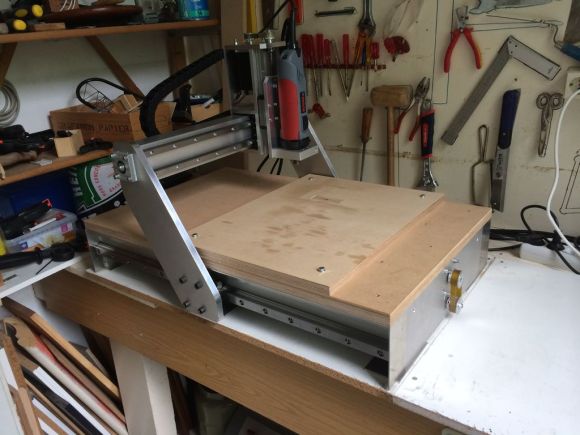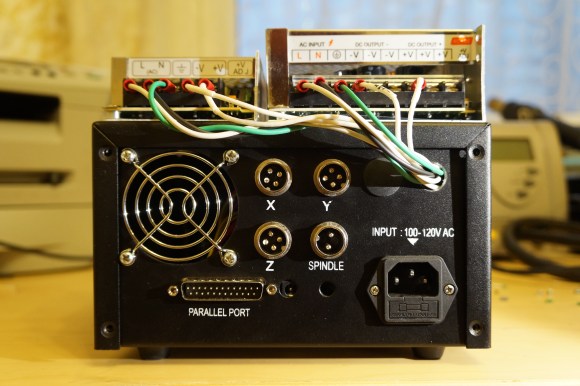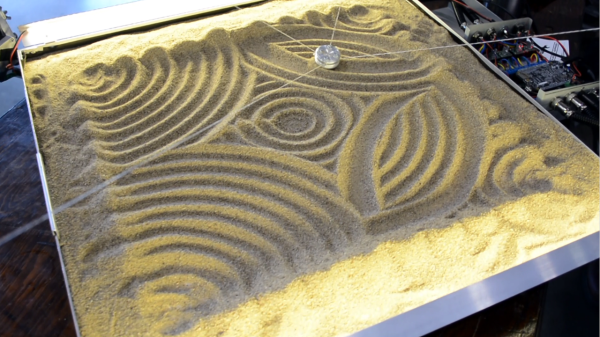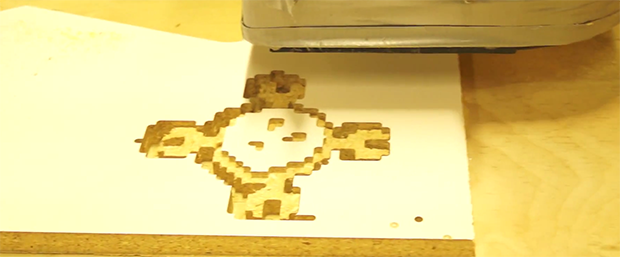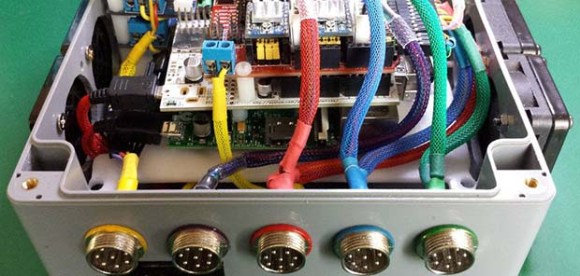[Mynasru] tipped us about a homemade CNC milling machine that his friend [trochilidesign] recently made. We have to admit it may be one of the best ones we’ve featured so far on Hackaday, mainly due to its elegant design (see picture above) and its all metal structure with linear guide rails. In the very well detailed write-up, we can gather that the CNC machine was designed using SolidWorks.
The main frame is built around 2 Maytec 40x80mm profiles and 2 endplates made from 10mm thick aluminum. 3 Nema 23 stepper motors and their drivers power the build, all of them bought on ebay. Finally, the Mach3 CNC software was chosen to interpret the G code and send the appropriate control signals.
Due to licensing restrictions the original author can only provide us with PDF files detailing each part of the machine, but we’re sure this should already be enough for interested persons out there.

